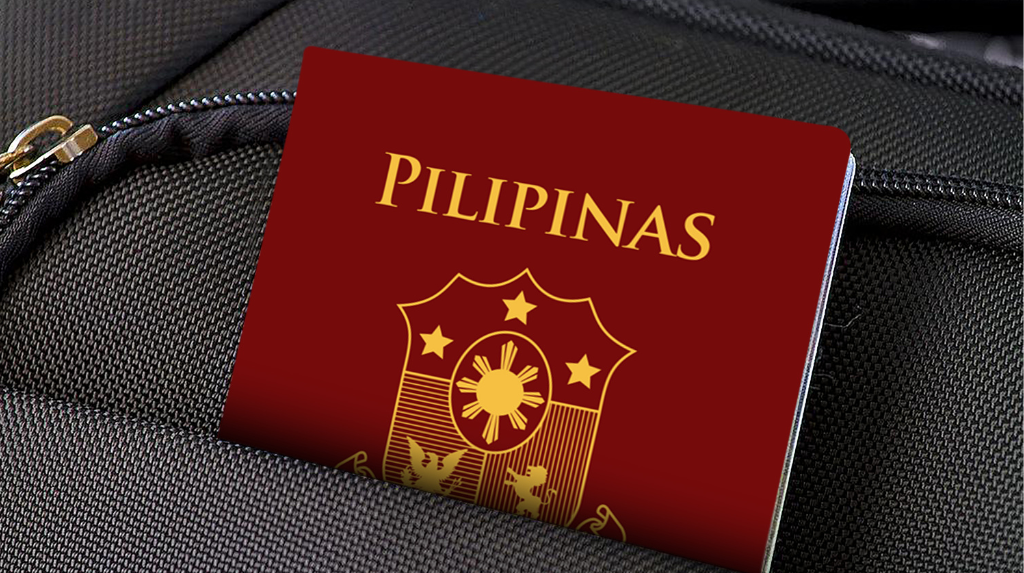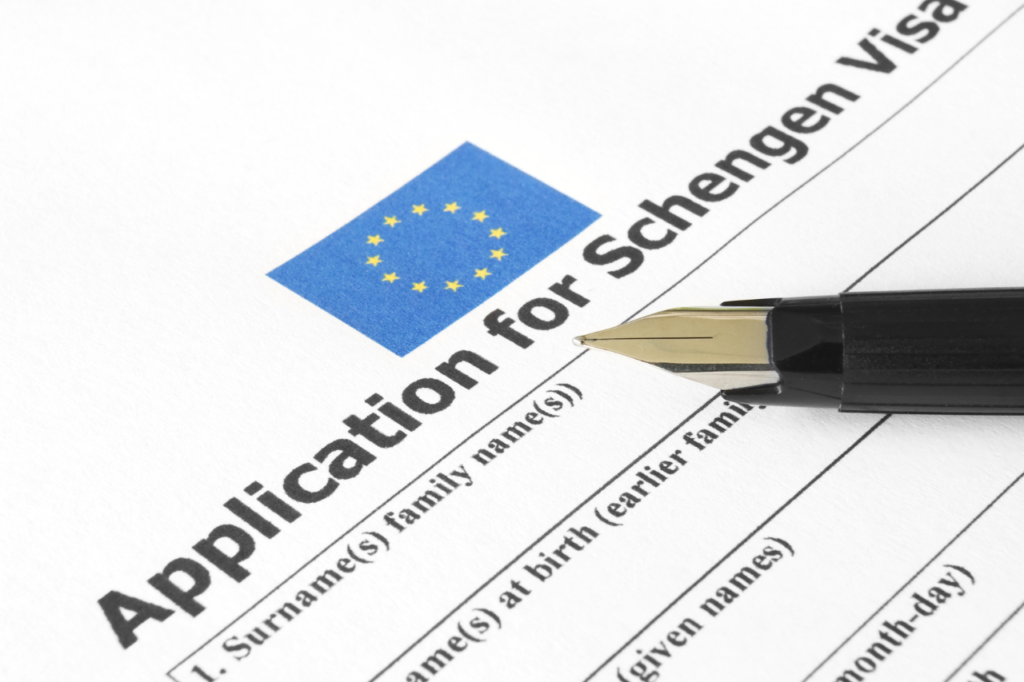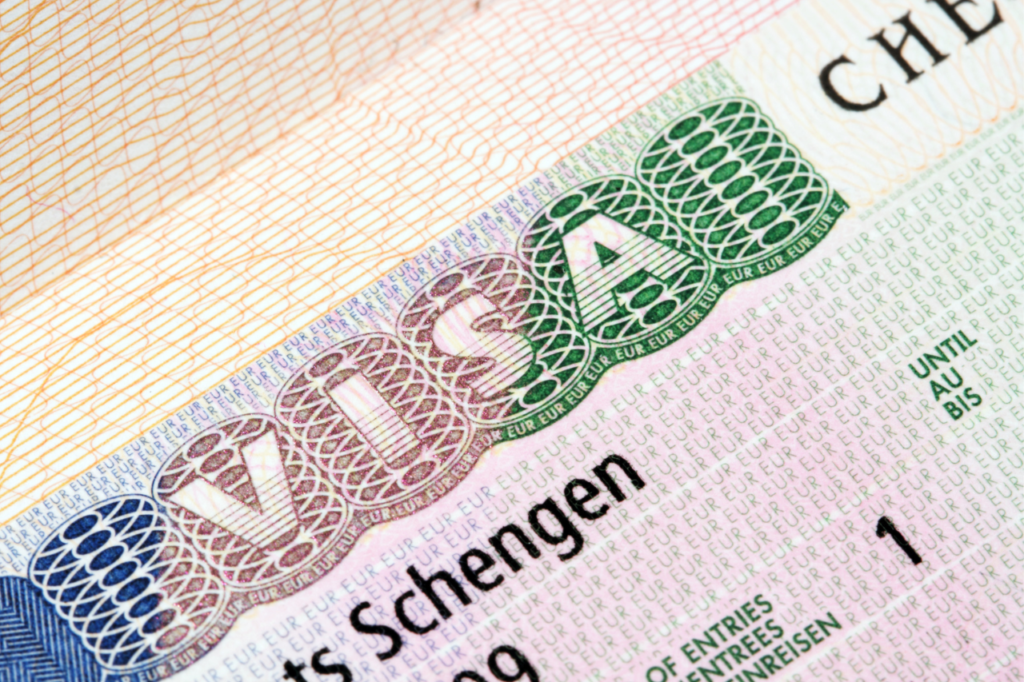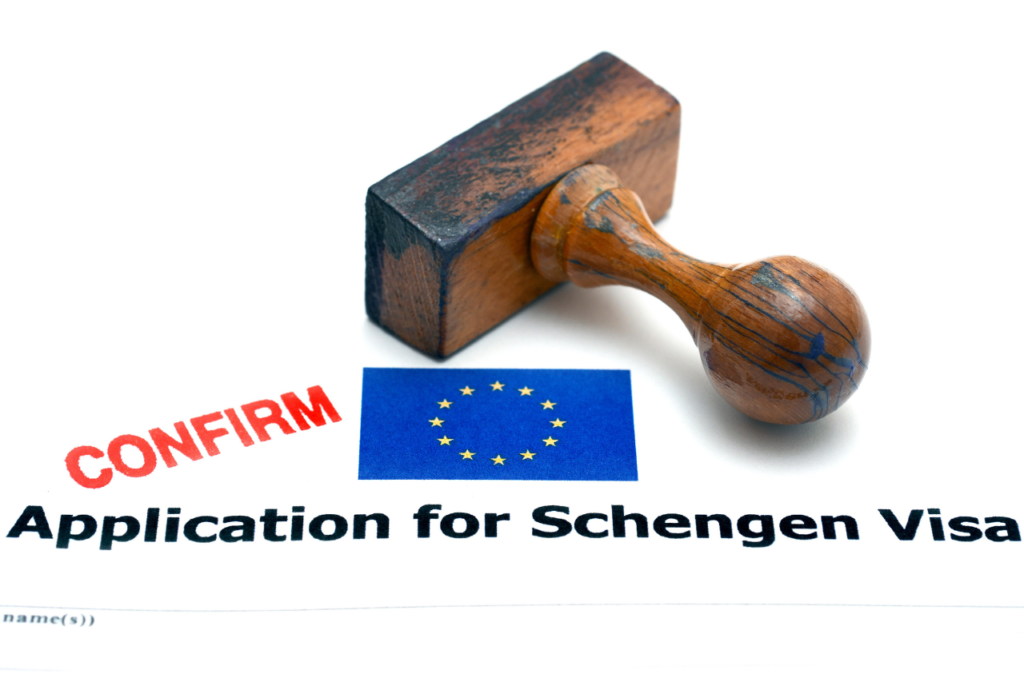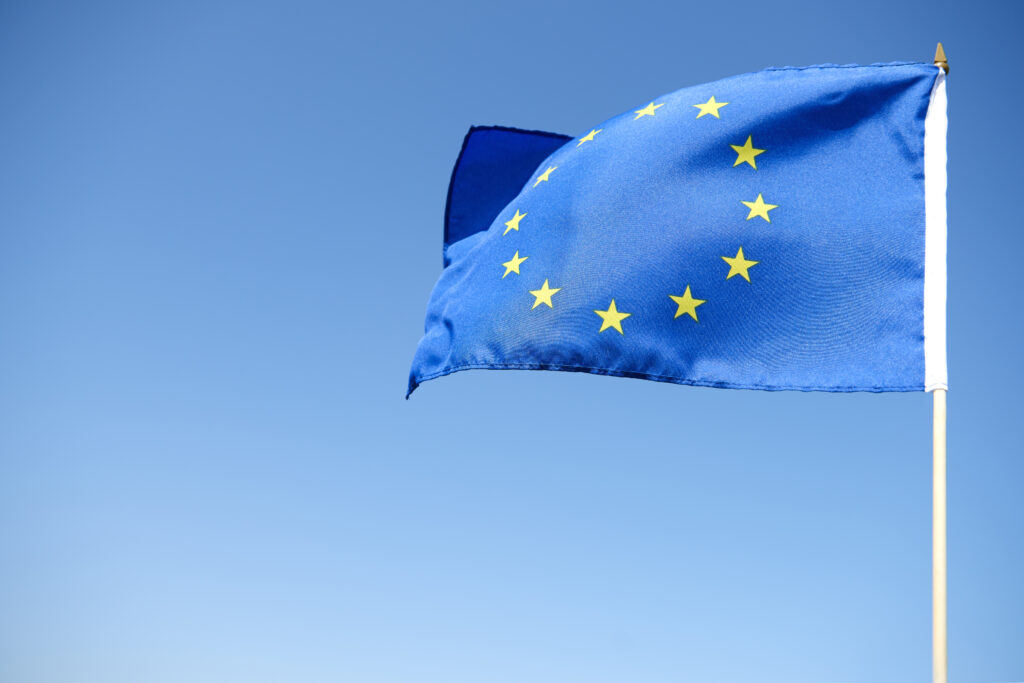In case you are a Citizen of the Philippines planning for a Europe trip, you have to buckle up keeping aside some basic travel formalities. Here’s a practical and easy-to-follow guideline on which documents you need to have with you when you plan a journey to the Schengen country in Europe.
Do Filipino Citizens Need a Visa to Enter Europe?
The thing is any Filipino passport holder needs to have a Schengen visa to enter Schengen area member states. The visa being discussed is significant because it helps ensure a country’s security and manages who can enter those countries..
Exceptions to the Visa Requirement:
- Schengen Country Nationals: If you are a national of a Schengen country but currently live in the Philippines, you do not need a visa.
- Visa-Free Nationals: Filipinos who also have citizenship in a country that has a visa-free agreement with the Schengen Zone do not need a visa.
- Dual Citizenship: If you have dual citizenship, including one from a Schengen country, you can travel using your European passport.
- Starting in 2024: Filipinos who can travel without a visa due to other citizenships will need to apply for ETIAS (European Travel Information and Authorization System) before traveling.
What if I Already Have a Schengen Visa?
If you have a valid Schengen visa, you can travel within the Schengen Area as long as:
First-Entry Rule
Make sure your first entry with the visa was into the country that issued it. This rule helps ensure that you use the visa according to its intended purpose.
90/180-Day Rule
You cannot stay in the Schengen Area for more than 90 days within any 180 days. This rule is important to control how long and how often people can visit the Schengen Area.
What if I’m a Family Member of an EEA/EU National?
If you’re a close family member of an EEA/EU national, you still need to apply for a Schengen visa to enter the Schengen Area from the Philippines. However, there are some benefits for you:
- Visa Fee Exemption: You don’t have to pay the Schengen visa fee.
- Proof of Relationship: Make sure to include documents in your application that prove your relationship with the EEA/EU national.
Remember, these exemptions only apply if you are officially recognized as a family member of an EEA/EU national.
Required Documents for Entry:
- Valid Filipino Passport: Your passport should be no more than ten years old and valid for at least three months beyond your planned departure from the Schengen Area.
- Valid Schengen Visa: Keep this with your passport.
- Purpose of Visit: Bring documents that explain why you are visiting.
- Proof of Financial Means: Show that you have enough money to support yourself during your stay.
What Is the Country of First Entry to The Schengen Area?
The “country of first entry” is the Schengen country that a traveler first enters when arriving in the Schengen Area. Schengen visa rules allow entry through any Schengen country, but you must visit the country that issued your visa during your trip. It’s important to follow this rule because border officers will verify if your passport was stamped by the country that issued your visa. Not following this rule can lead to being denied entry into other Schengen countries.
Can I Travel to Other Schengen Countries With a Single Entry Visa?
Yes, you can explore multiple Schengen countries with a single entry visa, provided that you do so within a single trip and do not exit the Schengen Area. Single-entry visas permit entry to the Schengen Zone only once during their validity period. Once you exit the Schengen Zone, you cannot re-enter with your single entry visa.
Can I Enter the Schengen Area Through a Land Border?
Yes, you can enter the Schengen Area through a land border. However, if your travel route includes a country outside the Schengen Area that requires a visa, you’ll need to obtain that country’s visa before your trip.
When traveling by land, make sure to carry both your Schengen visa and any other visas required for the non-Schengen countries you will pass through. It’s important to check the entry requirements for each country on your itinerary ahead of time to avoid any problems during your journey.
Do I Have to Pay at the Entry Border in the Schengen Area?
Filipino citizens are not required to pay any fees at the entry border of the Schengen Area. However, border patrol officers may request proof that you have sufficient financial means to support yourself during your stay in the visa-free zone.
Filipino citizens cannot apply for the ETIAS (European Travel Information and Authorization System). Instead, they must apply for a Schengen Visa to enter the Schengen Area, as ETIAS is not available for travelers from the Philippines.
By understanding these requirements and preparing accordingly, you can ensure your trip to Europe is enjoyable and hassle-free. Safe travels!

